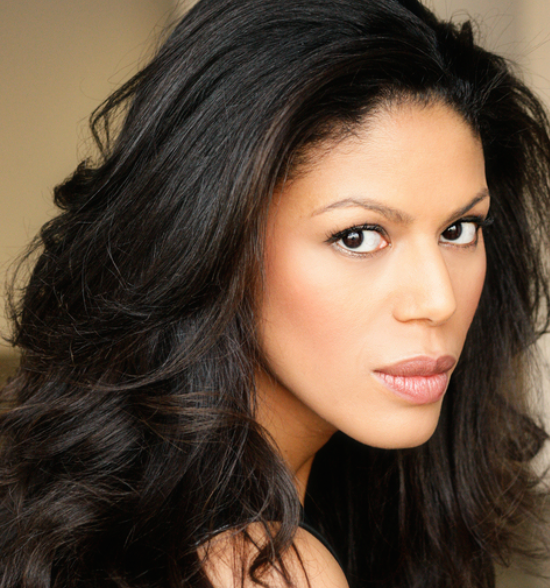Florence Nightingale supporters in row over black rival’s new statue, claiming she is venerated based on ‘false achievements’Posted in Articles, Biography, Europe, History, Media Archive, United Kingdom, Women on 2016-06-22 15:39Z by Steven |
The Daily Mail
2016-06-20
Martin Robinson, UK Chief Reporter
- Mary Seacole set to have £500,000 statue unveiled at St Thomas, London
- But critics say that her legacy is hugely oversold for political reasons
- Florence Nightingale Society says statue is based on ‘false achievements’
Plans to give Britain’s most famous black nurse a statue have today been blasted by Florence Nightingale fans, who say it is a ‘history hoax’ because all she did was ‘sell wine and sandwiches’ in Crimea.
Mary Seacole is set to have a £500,000 bronze unveiled in her honour at St Thomas’ Hospital in London this month – the first public memorial to celebrate the ‘black pioneer nurse’.
It will be taller than Florence Nightingale’s statue in Pall Mall and Edith Cavell’s off Trafalgar Square.
And it will be unveiled this month at St Thomas Hospital where Nightingale founded her nursing school, and Seacole has no connection to whatsoever, critics say…
…Mary Seacole is regarded as our greatest black Briton, a woman who did more to advance the cause of nursing – and race relations – than almost any other individual.
On the bloody battlefields of the Crimea, she is said to have saved the lives of countless wounded soldiers, and nursed them back to health in a clinic she paid for out of her own pocket.
But some historians have long complained that she has become almost as famous as that other nursing heroine, Florence Nightingale…
…Born in Jamaica in 1805, she was the daughter of a white Scottish officer called Grant, and a Creole woman, from whom Mary learned her ‘nursing skills’. In her early 20s, Seacole married a Jamaican merchant called Edwin Seacole and travelled with him around the Caribbean, Central America and England until his death in 1844.
Seacole then set up a ‘hotel’ in the town of Cruces in Panama, where she is reputed to have treated cholera victims.
With the outbreak of the Crimean War later that year, Seacole was determined to offer her nursing services to the British, and, when she was turned down by the authorities, she paid her way to the peninsula out of her own pocket…
Read the entire article here.




